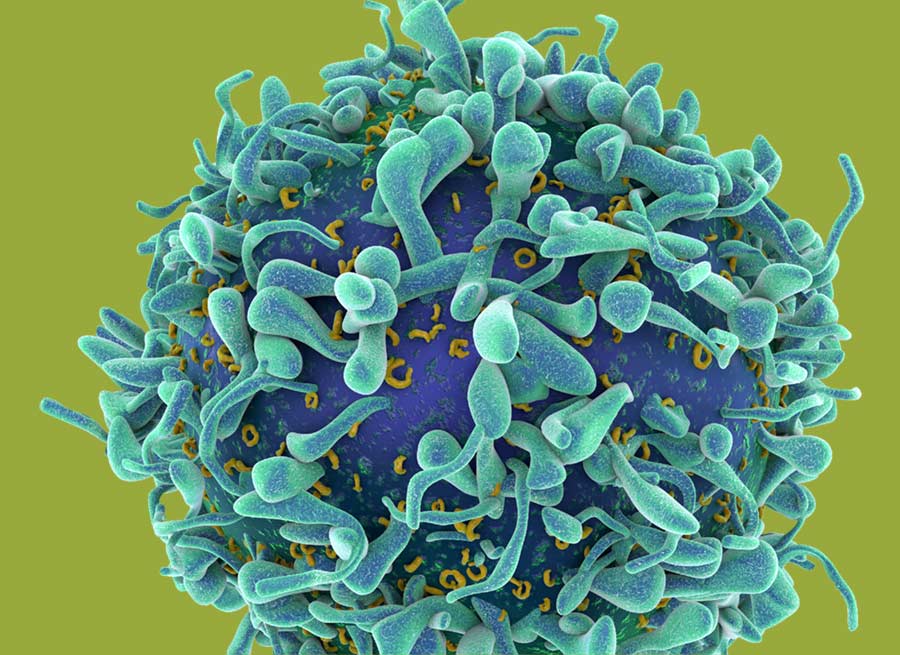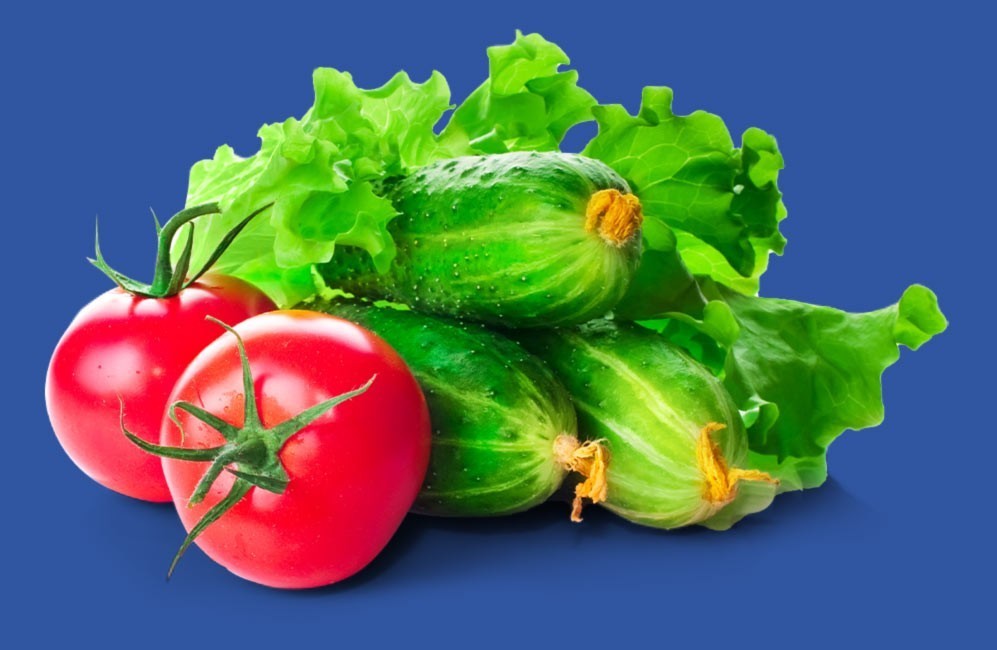The most recent Dietary Guidelines for Americans recommend the Mediterranean Diet as one way to eat healthfully. Yet pasta, a common food in this diet, is often seen as packing on the pounds. So scientists in Italy wanted to see if they could tease apart how pasta, as part of the Mediterranean diet, may affect a person’s weight and body shape.
That’s important for cancer risk, because understanding how the food you and your family eat every day affects weight is one important key to lower risk. AICR’s evidence shows that having too much body fat links to higher risk for eleven types of cancer, including colorectal, liver and postmenopausal breast.
In this study, researchers used data from two large studies in Italy to see if people’s pasta eating linked to their weight and waist size.

41837375 – different types of pasta on wooden background
The 15,000 participants reported their typical diet using either a food frequency questionnaire or a 24 hour food diary. Researchers also gathered information about both group’s physical activity, weight, height, and waist and hip circumferences.
The authors say they analyzed the data by taking into account eating “pasta according to individuals’ needs.” They also adjusted for physical activity and other measures. They report that eating pasta was associated with lower body mass index (BMI), smaller waist, and waist to hip ratio (measures of abdominal fat).
The authors note a number of caveats in the study, including the limitations of one time dietary recalls, self reported body measures and the one time snapshot of the people’s habits. These, the authors say, show an association, but not that eating pasta causes lower weight.
So how can spaghetti and other pasta fit into a cancer-protective diet? In moderation. In this study, it’s important to note that the highest average serving size of pasta that women ate equals about one-half cup of cooked spaghetti, and for men it was two-thirds of a cup. In the US, pasta portions in restaurants can be three to four cups.
The pasta eaters also followed the traditional, healthy Mediterranean diet more closely and ate more tomatoes, onions, garlic and olive oil than the low pasta consumers. So it could be that the healthier weight and waist measures were a result of an overall healthier diet.
We know that a healthy eating pattern like the Mediterranean diet can play a role in lower risk for cancer and other chronic diseases. It’s likely not pasta alone that promotes a healthier weight, but the combination of foods and healthful serving sizes.
AICR’s research shows that eating plenty of vegetables, whole grains, beans and fruit links to lower risk for many cancers. Choose whole grain pasta, because high fiber foods, like whole grains link to lower risk for colorectal cancer.
The study was supported in part by Barilla and the Italian government.
For more on whole grains and lower cancer risk, visit our Foods that Fight Cancer.





